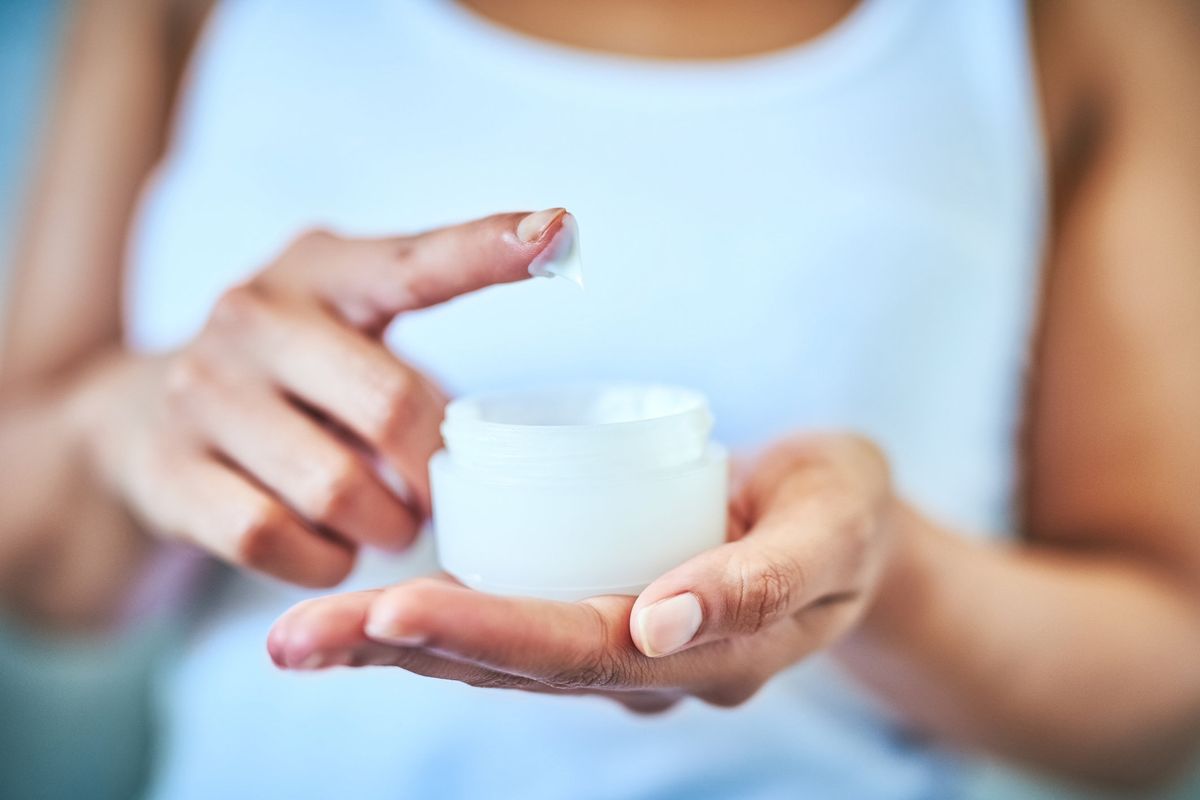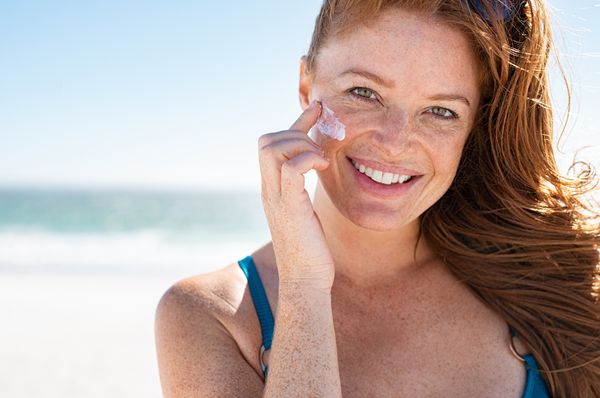Just what do all those acids, vitamins, antioxidants, herbs and other fancy ingredients in today's skin-care products and makeup actually do? Here's a basic primer from Alpha-hydroxy acids to Vitamin E. and everything in between.
Alpha-hydroxy acids (AHA). The introduction of alpha-hydroxy acids in the early 1990s revolutionized the skin care industry. These ingredients, which include glycolic, lactic, tartaric and citric acids, are naturally occurring acids in fruits and milk used to help erase fine lines, age spots and even out skin tone.
Alpha-lipoic acid. This antioxidant protects against the damage from free radicals, particularly in conjunction with other antioxidants and polyphenols.
Beta-hydroxy acid (salicylic acid). This acid exfoliates skin, improving texture and color, and helps fight acne by clearing out oil-laden hair follicles. It's less irritating than AHA but provides some of the same benefits.
Broad-spectrum sunscreen. Effective against the damaging effects of both UVA and UVB rays.
Co-enzyme Q10. Another important antioxidant, coQ10 is essential to power the machinery of cells. Levels drop as we age, particularly in the skin, affecting your ability to produce collage, elastin and other skin factors. That's why it's often found in regenerating and repair products.
Hydroquinone. This ingredient bleaches age spots or dark pigmentation.
Nanoemulsion. New technology that enables manufacturers to incorporate delicate and highly effective ingredients into more elegant and refined formulations used in cosmetic products.
Parabens. A family of preservatives (ingredients that help prevent microbial contamination) that can be used in a wide variety of foods, drugs and cosmetics to keep products safe. They have a long record of safe use and have been reviewed and accepted by regulatory bodies worldwide.
Phthalates. A large family of chemicals used in hundreds of types of consumer products. In the United States, phthalates used in cosmetics (DBP and DEP) have been thoroughly reviewed and specifically recognized as safe by both the U.S. Food and Drug Administration (FDA) and the Cosmetic Ingredient Review Panel (CIR).
Point After Opening (PAO). An expiration date required by the European Union for most cosmetic products. It reflects the anticipated lifespan of a product after opening.
Polypeptide Technology. Small chains of naturally occurring amino acids provide a variety of benefits in cosmetic products, including enhancing skin moisture and reducing the appearance of fine lines and wrinkles.
Retinoids. A form of vitamin A, these vitamins improve uneven skin tone, minimize fine lines and wrinkles and even out skin texture and color, as well as fight acne. The strongest form is tretinoin, found in prescription products Retin-A and Renova.
Vitamin C. This antioxidant vitamin plays a critical role in the production of collagen, with studies finding it can minimize fine lines, scars and wrinkles. It also functions as an antioxidant.
Vitamin E. Another major antioxidant, vitamin E strengthens blood vessel walls in the skin and reduces the effects of aging due to free radical damage.







